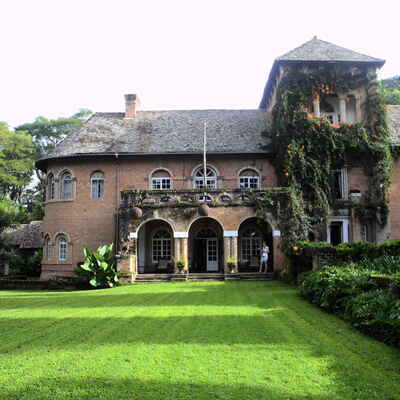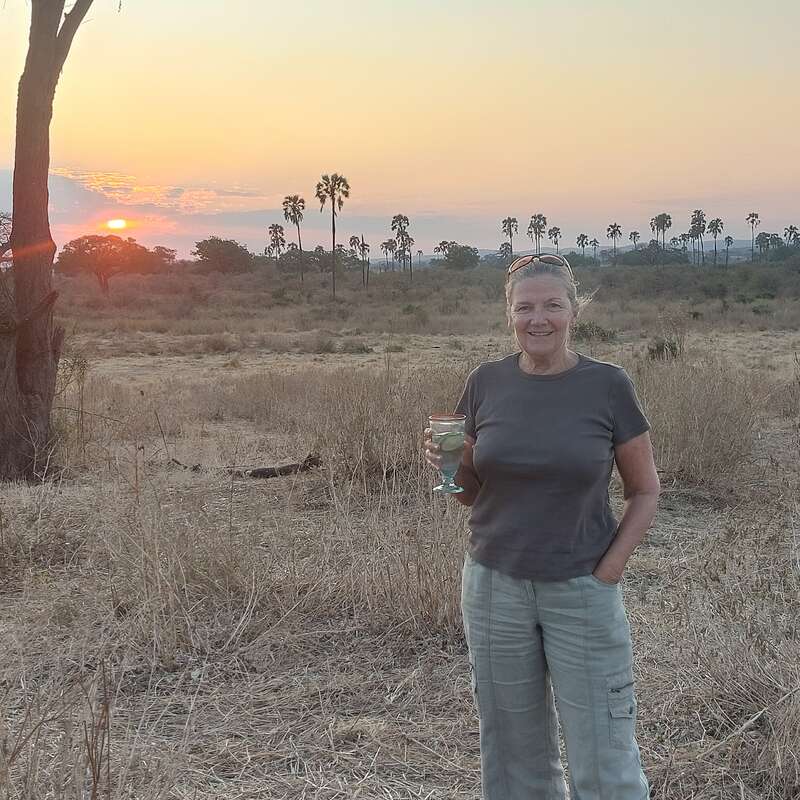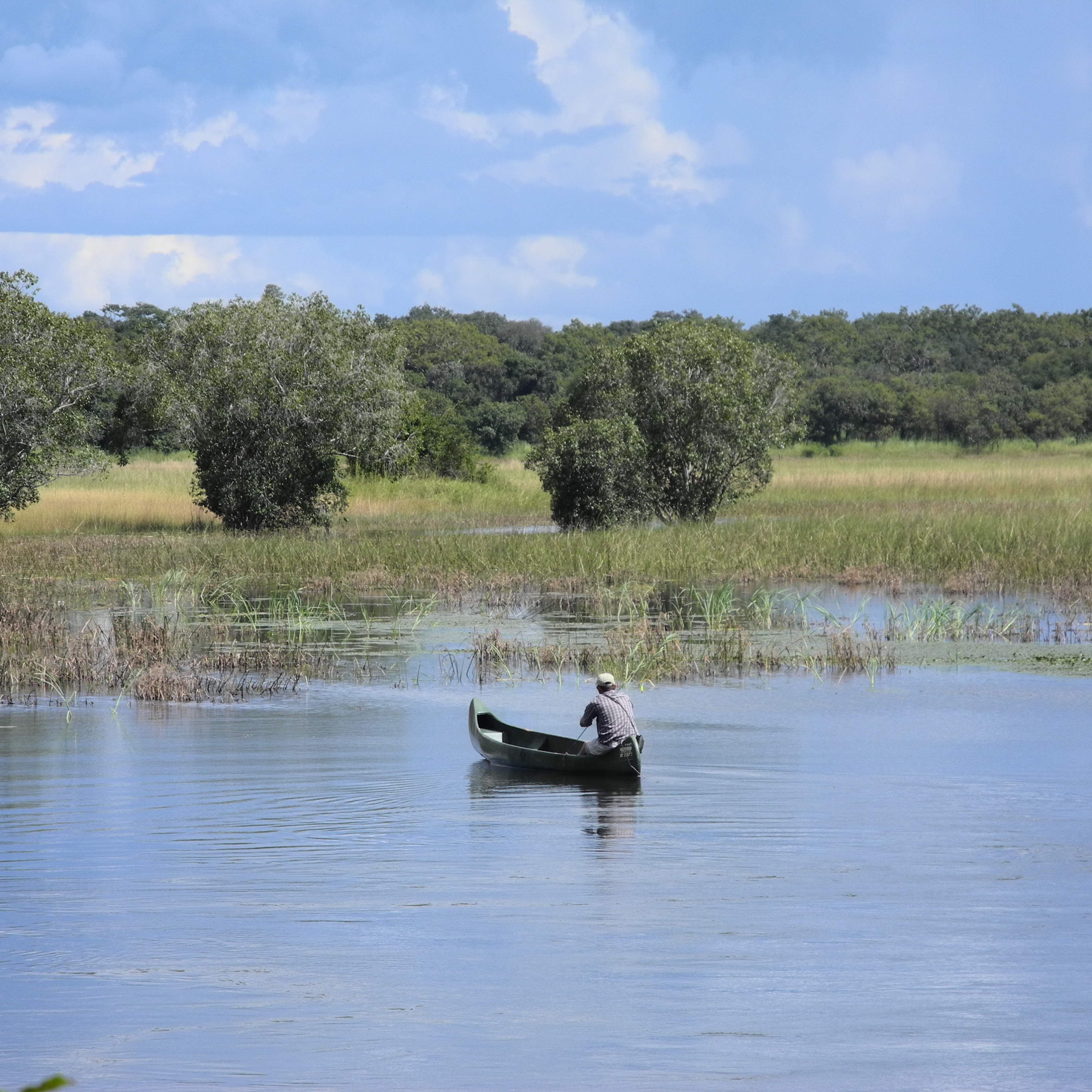About Shiwa Ng'andu
Although Shiwa Ng'andu Manor House has become more well known through the best-selling book, The Africa House, ...
... we've been organising trips here for many years. It's an English manor house, set on the Shiwa Ng’andu estate, complete with red-brick gatehouse, clay-tiled roofed workers' cottages, a long approach avenue, formal gardens, a lake, and even its own chapel. The house is an extraordinary testament to the determination of its founder, Sir Stewart Gore-Browne, and is filled with memorabilia and historical records.
Charlie and Jo are wonderful hosts and have done a fantastic job in restoring the manor house and estate at Shiwa Ng’andu, as well as some of the other buildings. They have opened up their home to visitors and have a way of making their guests feel very welcome, yet still manage to continue the day-to-day routine of running the estate. For many visitors, Shiwa Ng’andu is a highlight of their trip.
Our view
Charlie and Jo are wonderful hosts and have done a fantastic job in restoring the manor house and estate at Shiwa Ng’andu, as well as some of the other buildings. They have opened up their home to visitors and have a way of making their guests feel very welcome, yet still manage to continue the day-to-day routine of running the estate. For many visitors, Shiwa Ng’andu is a highlight of their trip.
Accommodation
5 bedrooms
Children
Best for aged 10+
Open
All year
Activities

Birdwatching

Boat trip

Cultural excursion

Guided walking safari

Mountain biking
Traveller reviews of Shiwa Ng'andu
26 real, un-edited reviews from Expert Africa's travellers.
Arrived 15 Jun 2022, 2 nights
"Shiwa Ng'andu review"
Overall rating: Excellent
Arrived 9 Jan 2019, 2 nights
"House party at Shiwa Ng'andu "
Overall rating: Excellent
Arrived 7 Sep 2017, 3 nights
"Amazing days at Shiwa Ng'andu"
Overall rating: Excellent
Arrived 3 Sep 2017, 3 nights
"Unique place to stay"
Overall rating: Excellent
Arrived 22 Aug 2017, 4 nights
"Shiwa Ng'andu review"
Overall rating: Excellent
Arrived 11 Aug 2016, 4 nights
"Family stay at Shiwa Ng'andu"
Overall rating: Excellent
Arrived 12 Aug 2015, 3 nights
"shiwa n'gandu review"
Overall rating: Good
Arrived 12 Aug 2015, 3 nights
"Shiwa Ng'andu review"
Overall rating: Excellent
Arrived 13 Jun 2015, 3 nights
"Shiwa Ng'andu was the highlight of our trip"
Overall rating: Excellent
Arrived 6 Oct 2014, 3 nights
"Shiwa Ng'andu"
Overall rating: Excellent
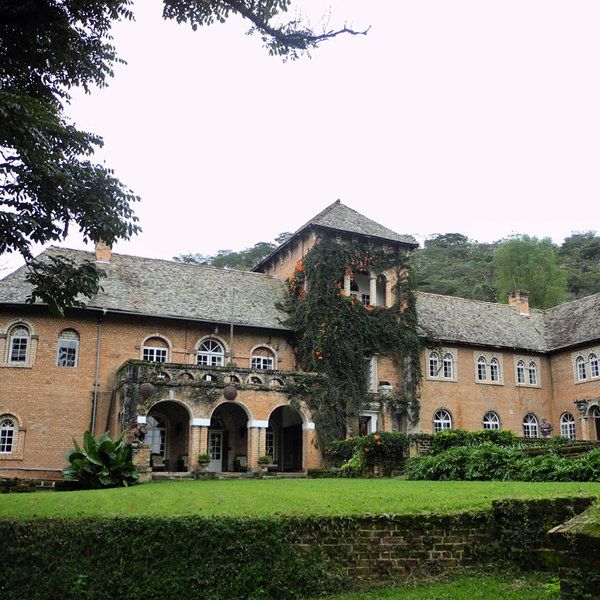
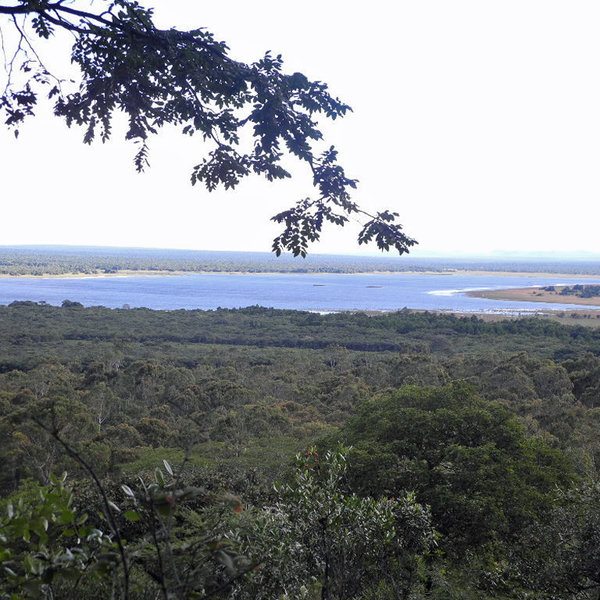
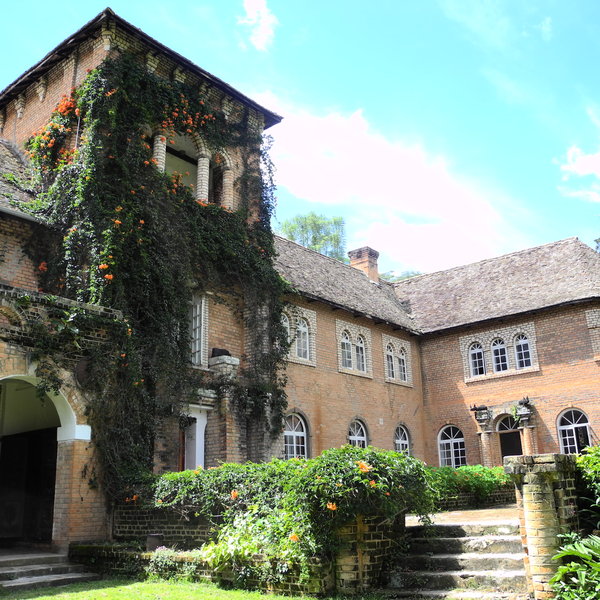
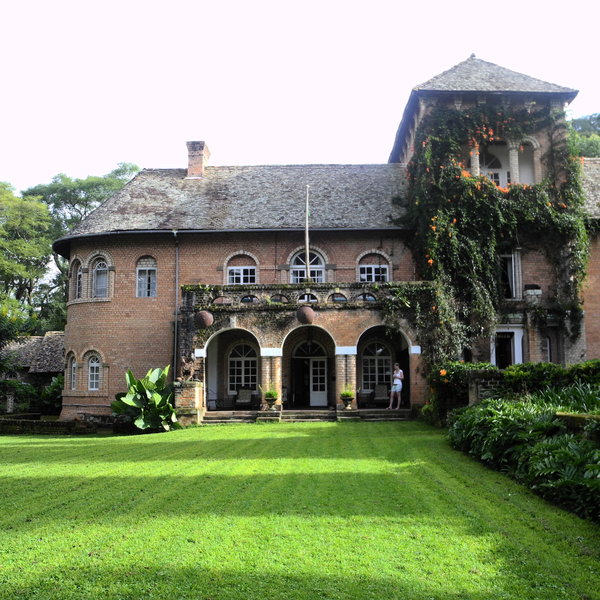
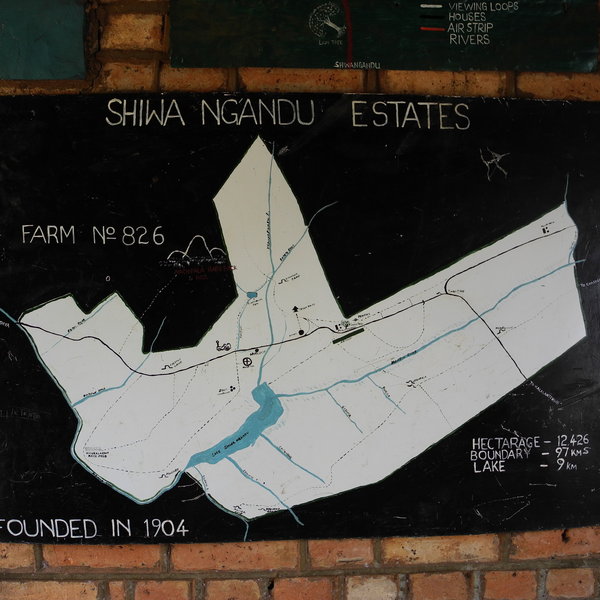
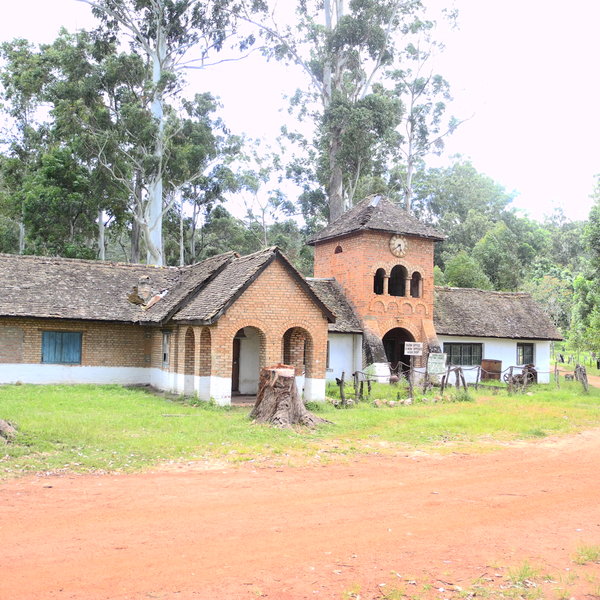
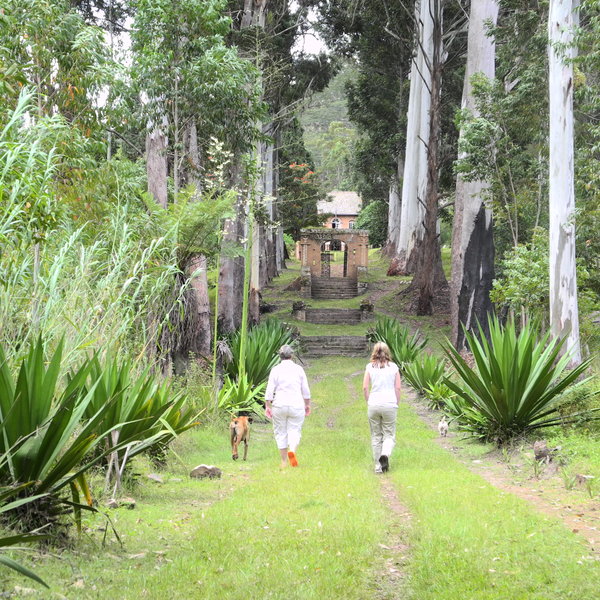
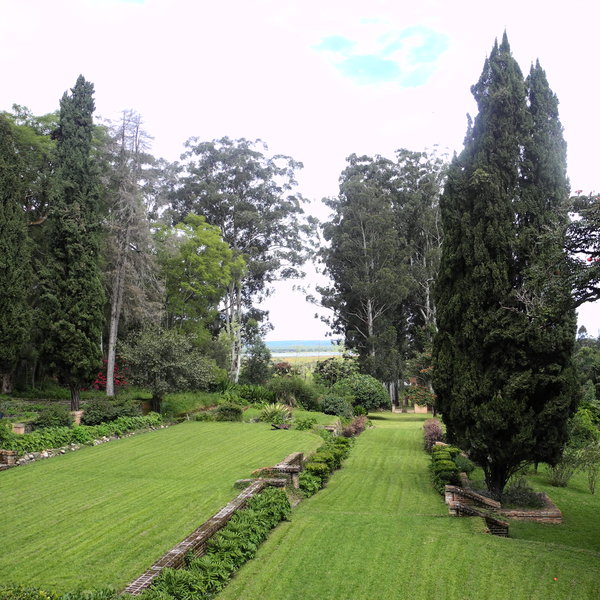
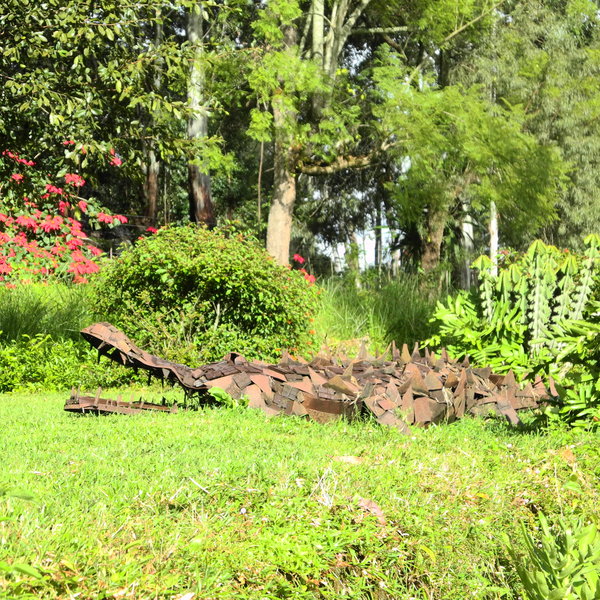
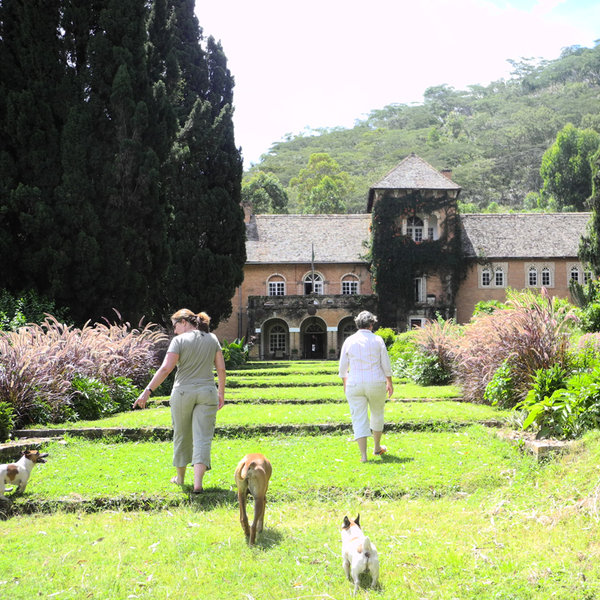
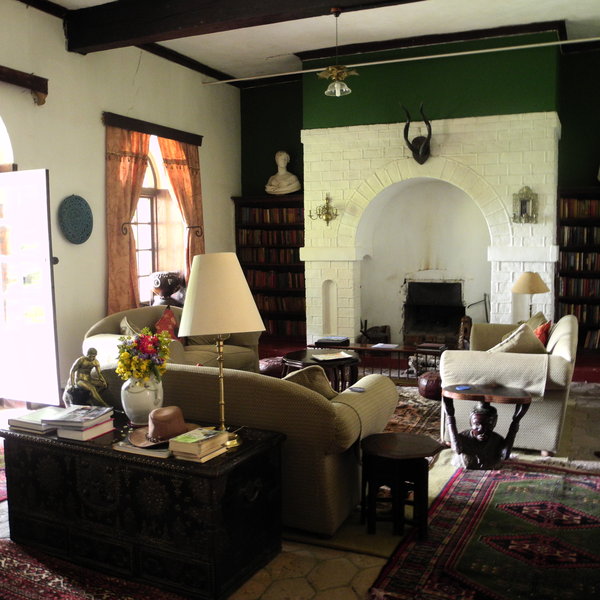
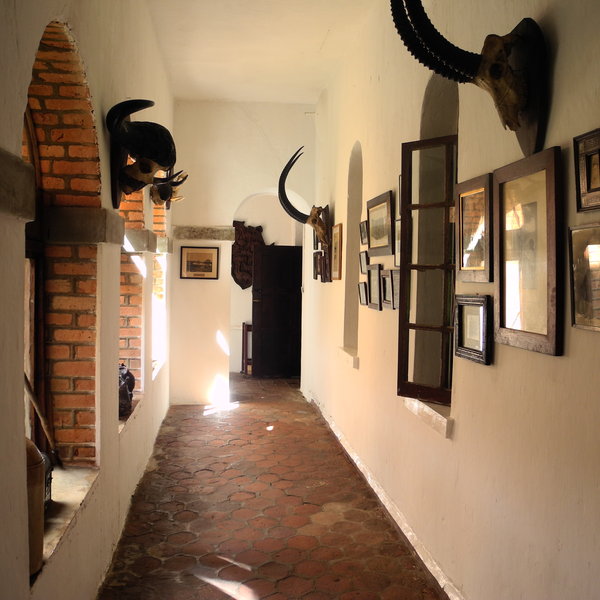
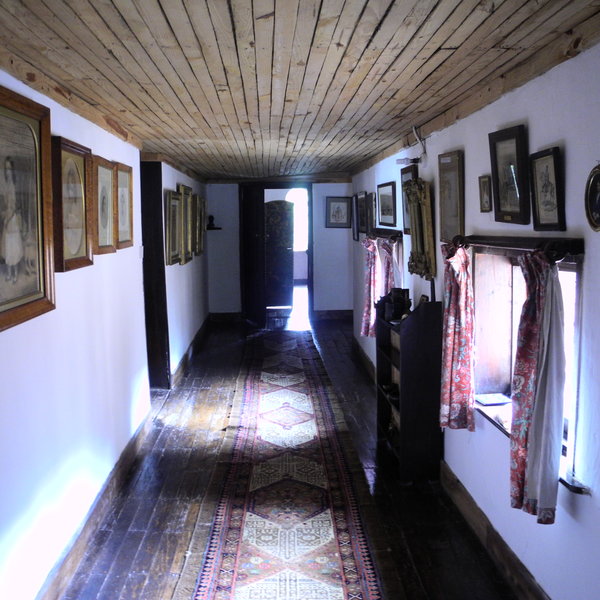
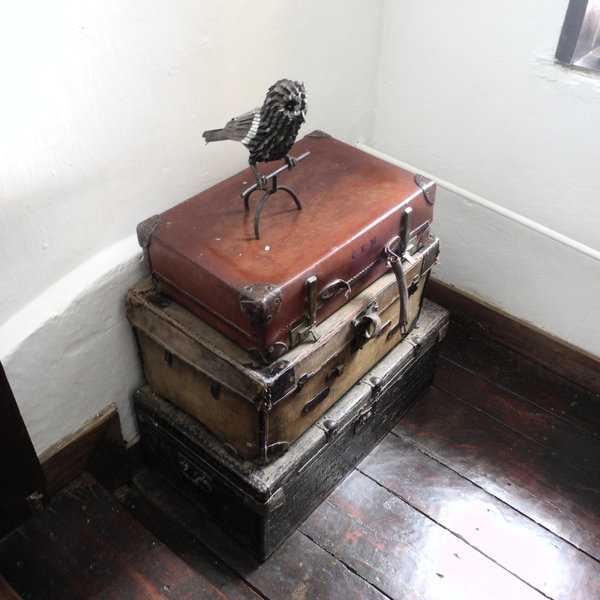
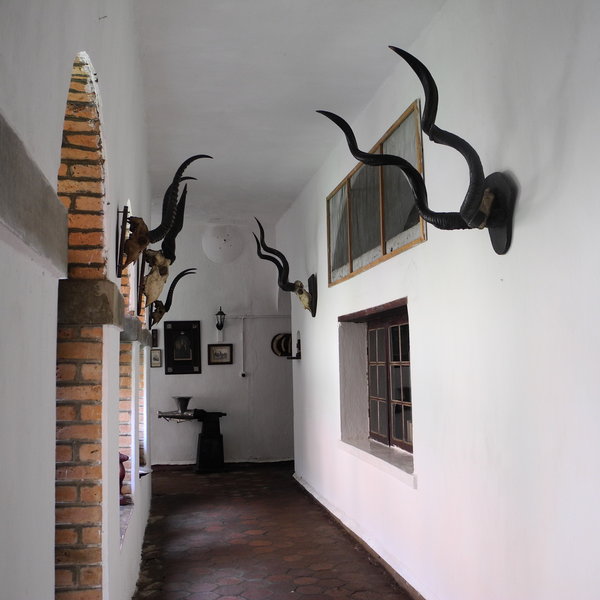
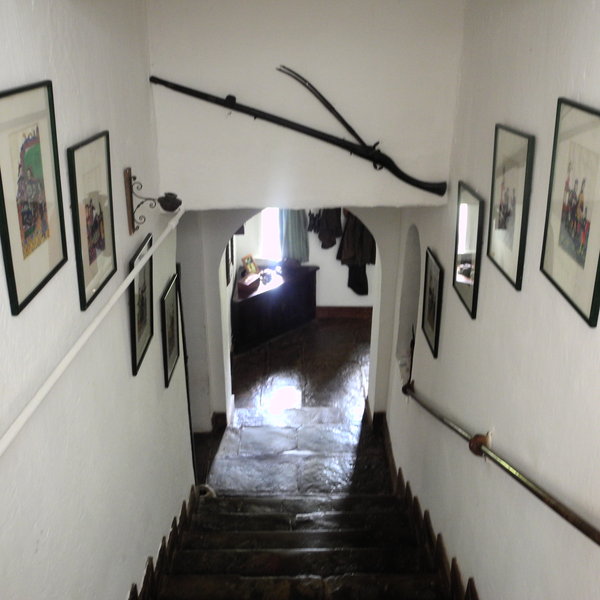
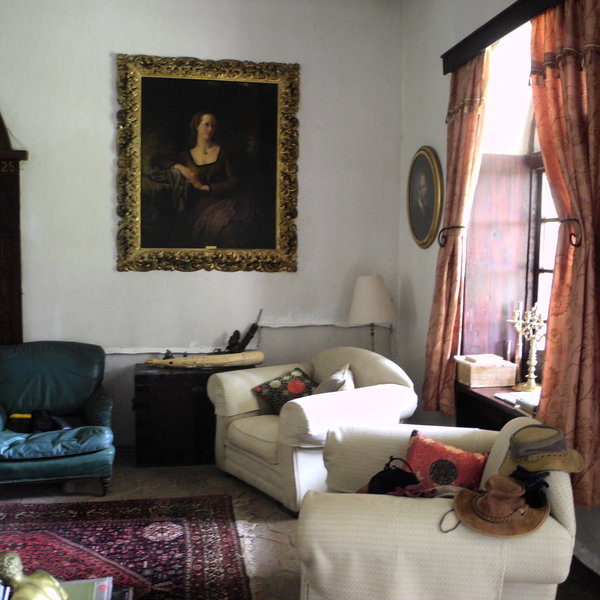
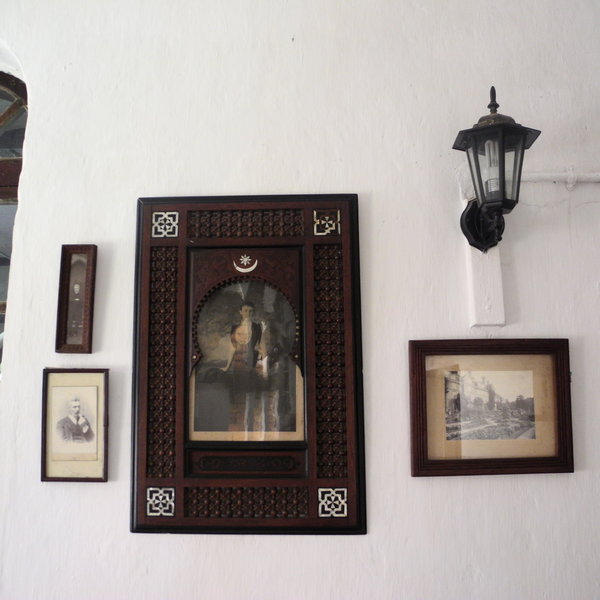
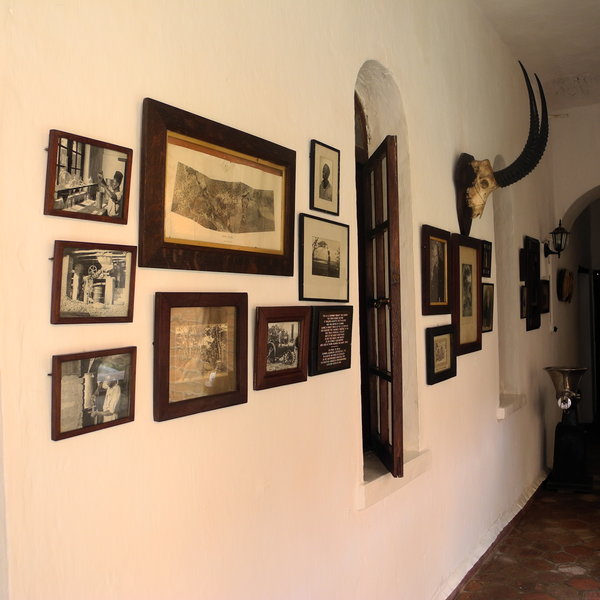
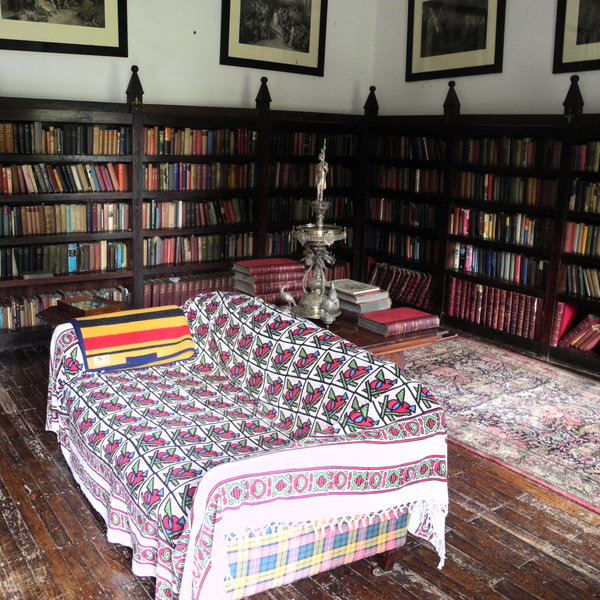
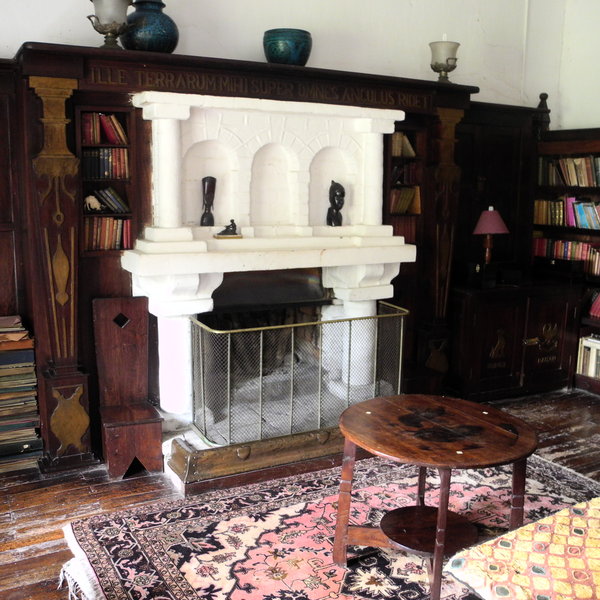
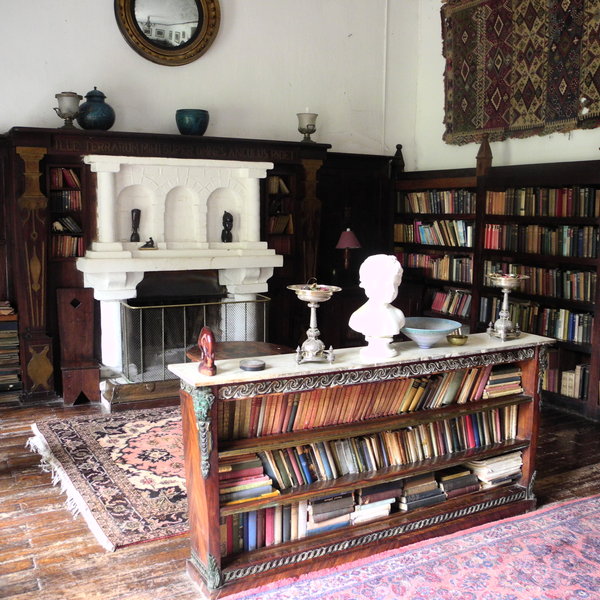
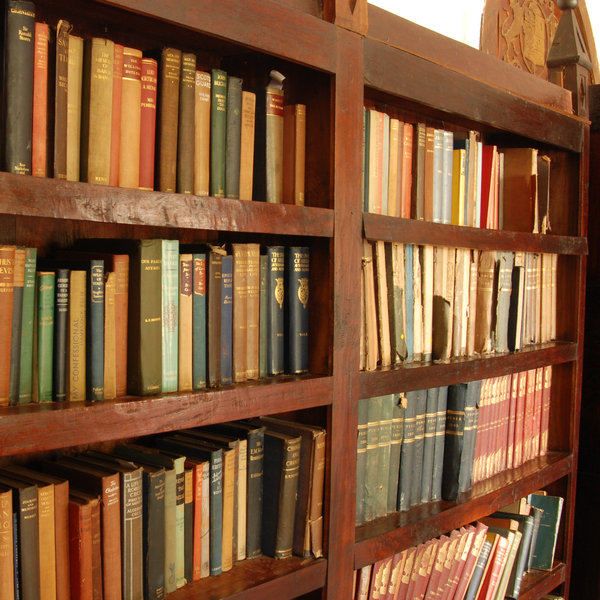
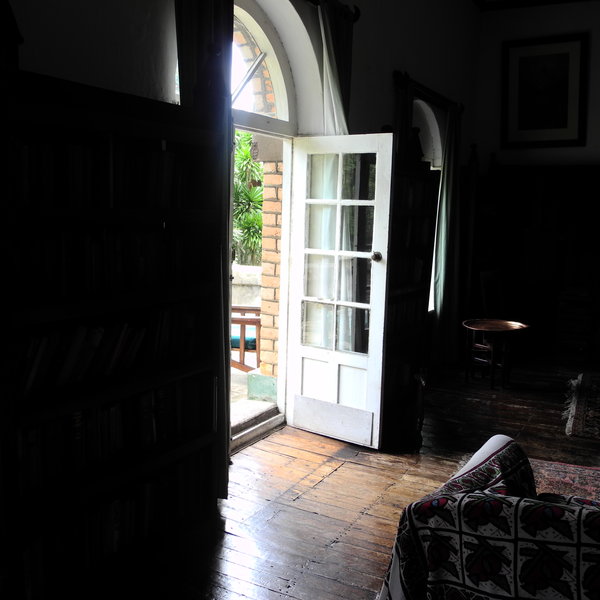
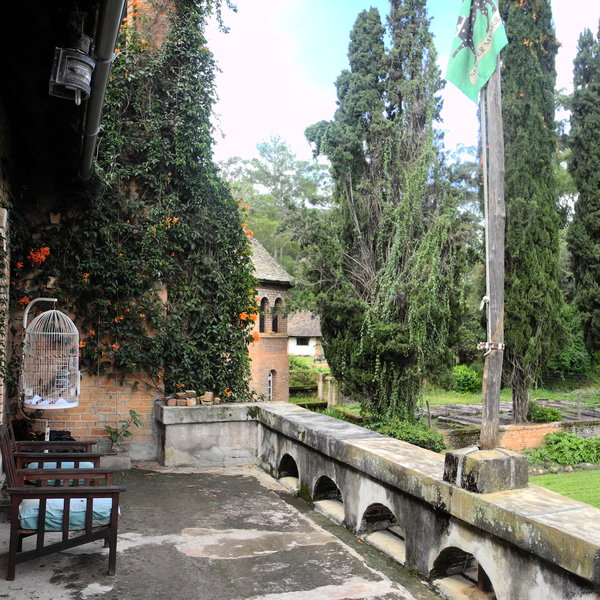
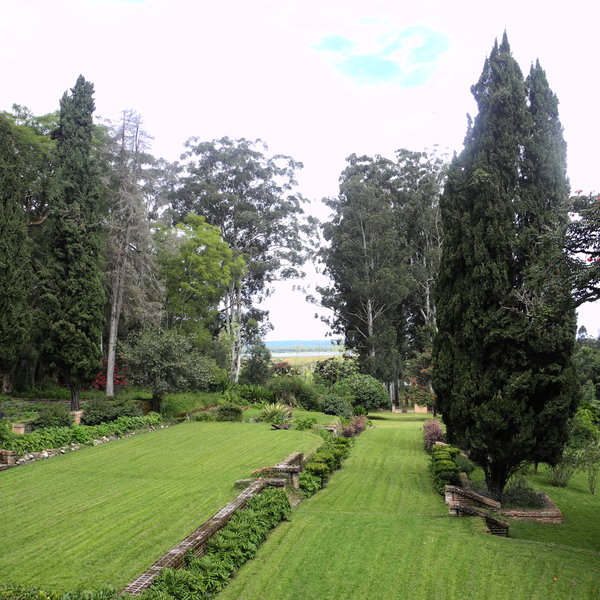
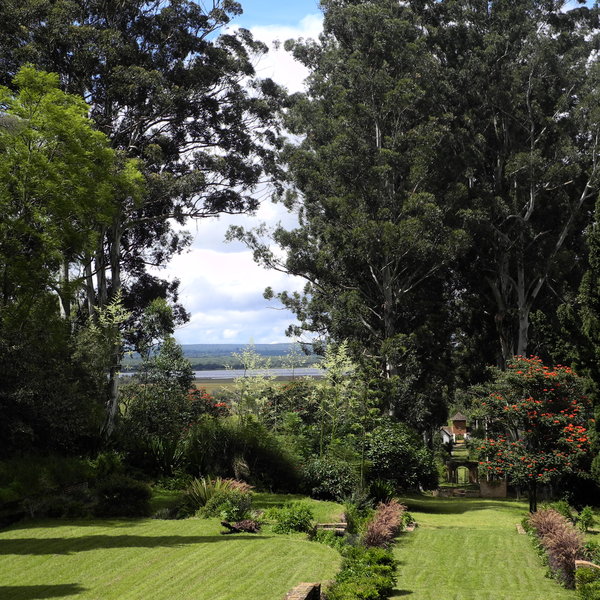
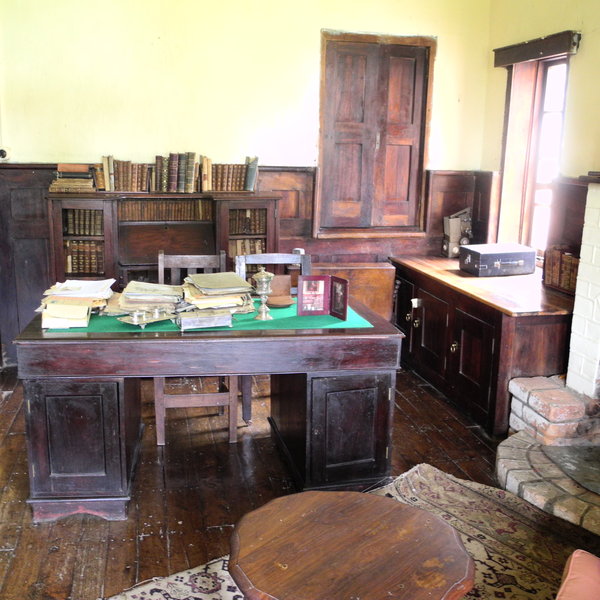
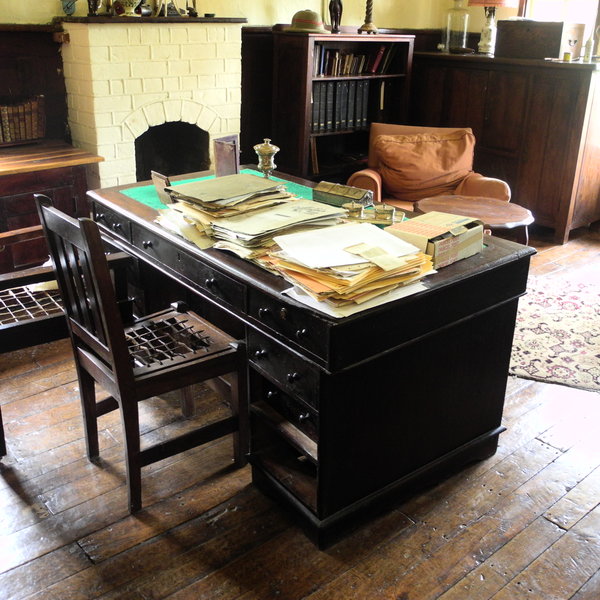
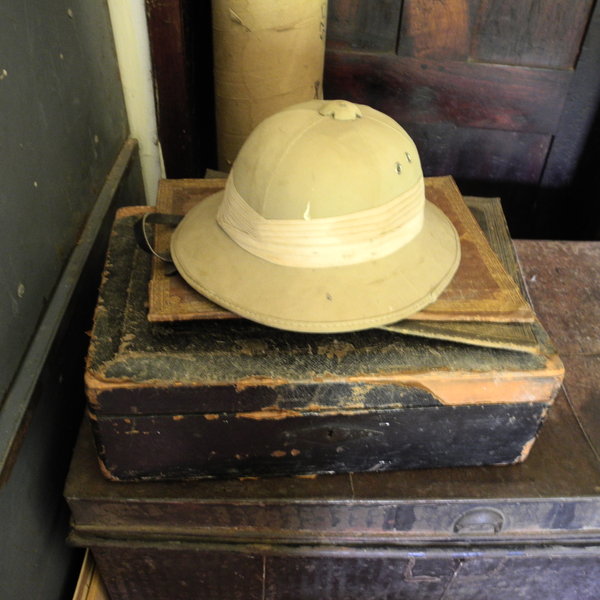
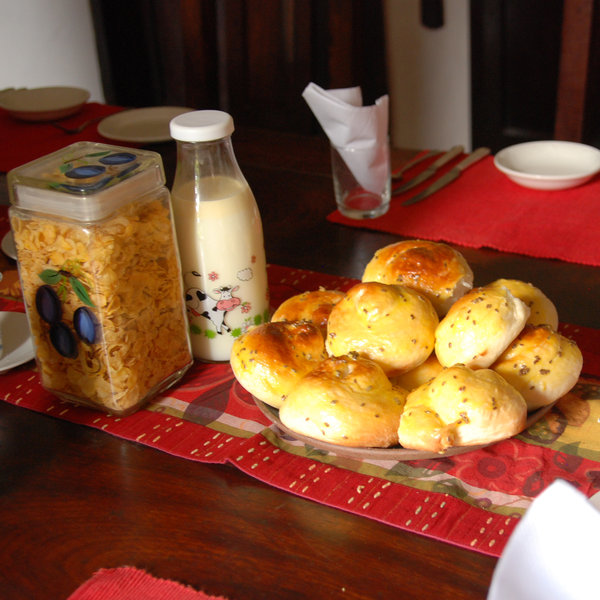
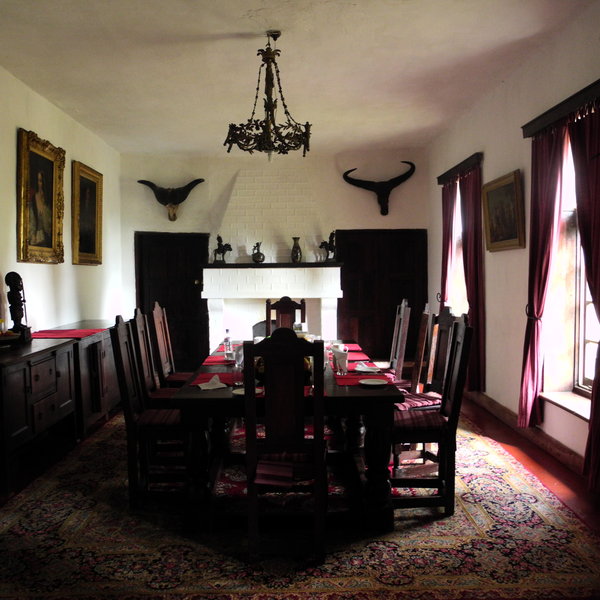
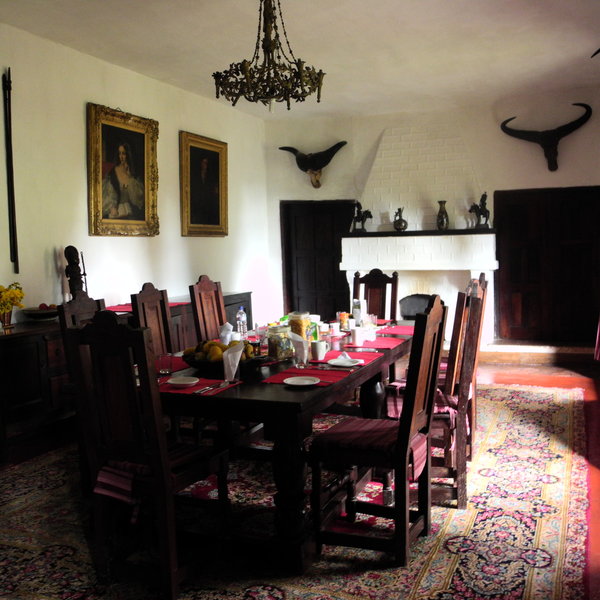
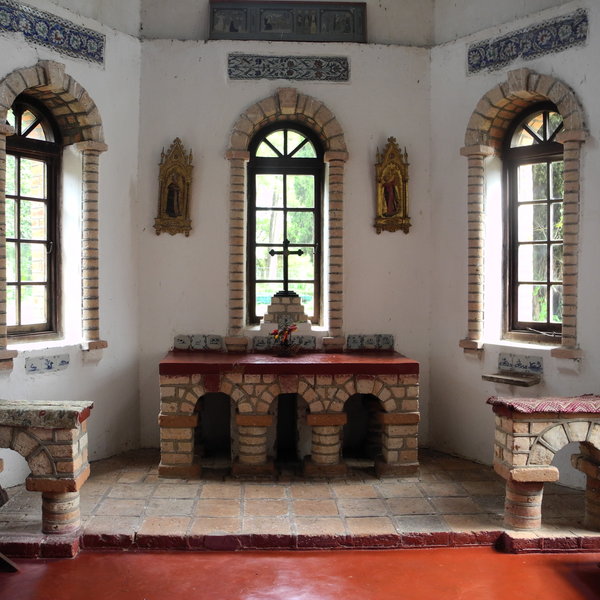
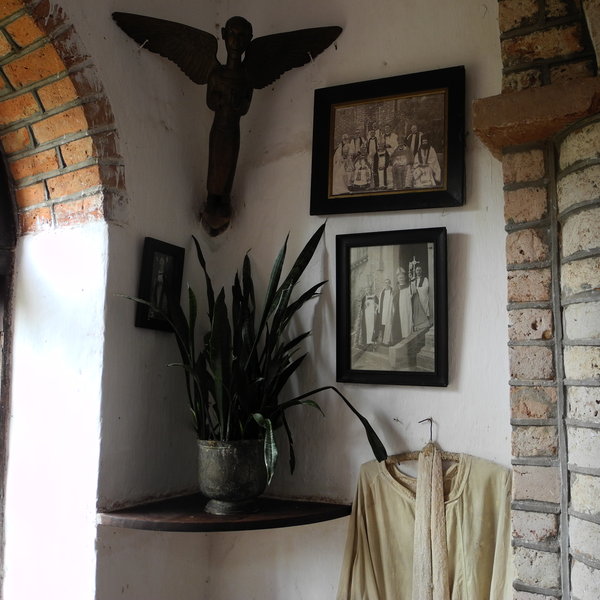
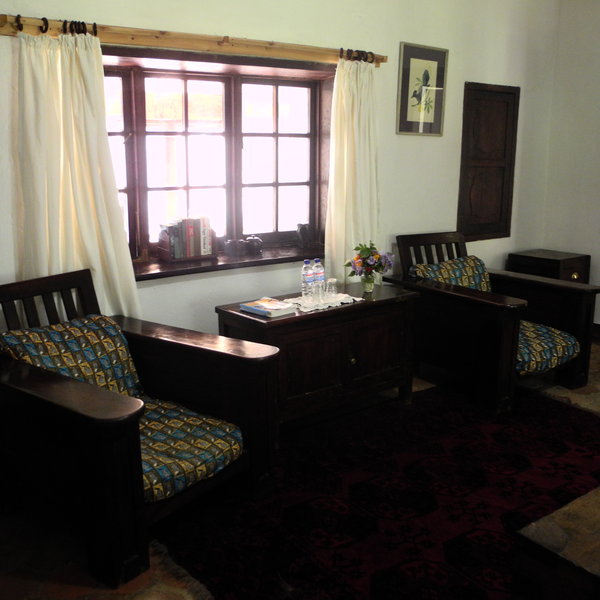
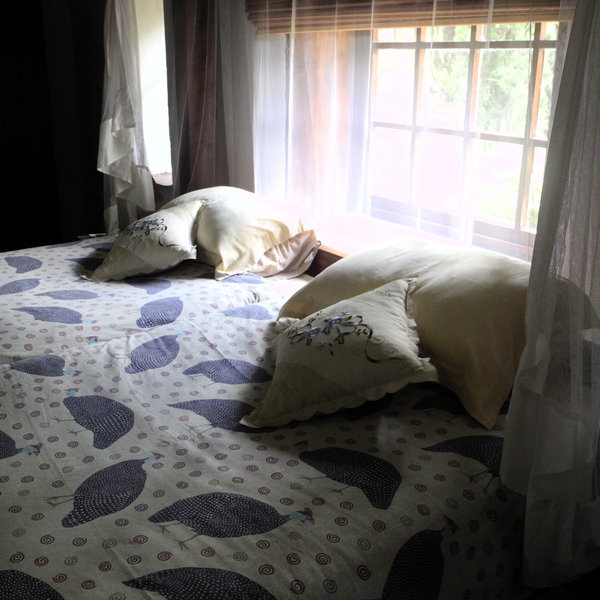
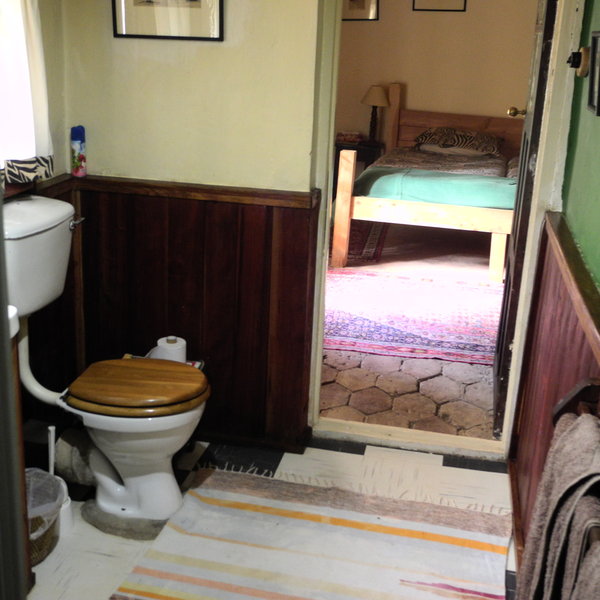
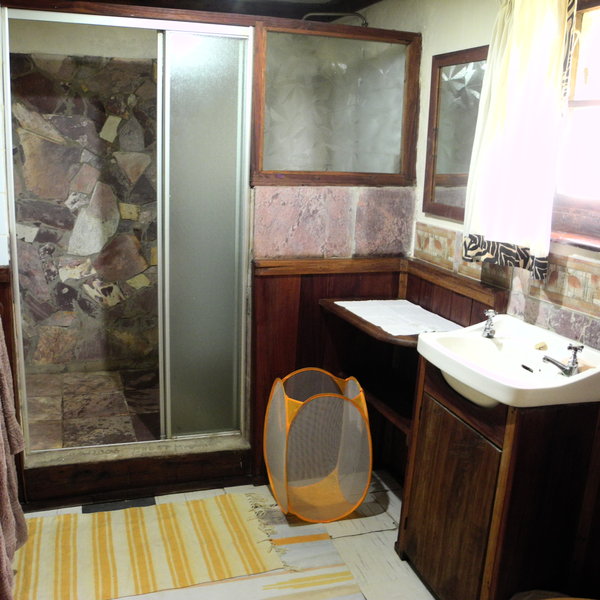
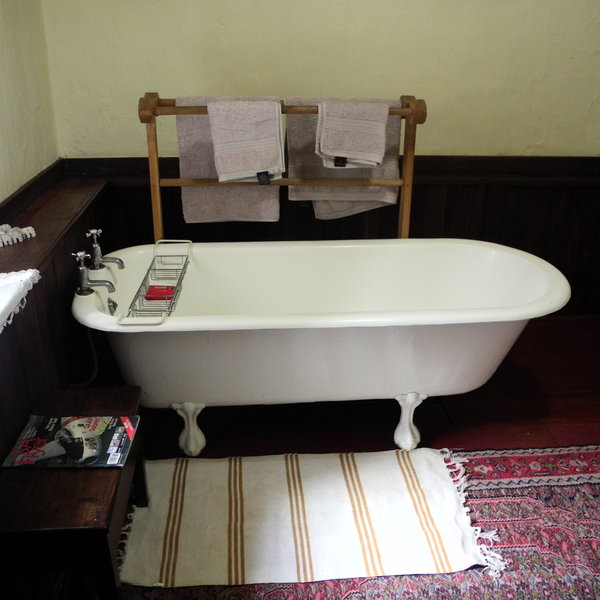
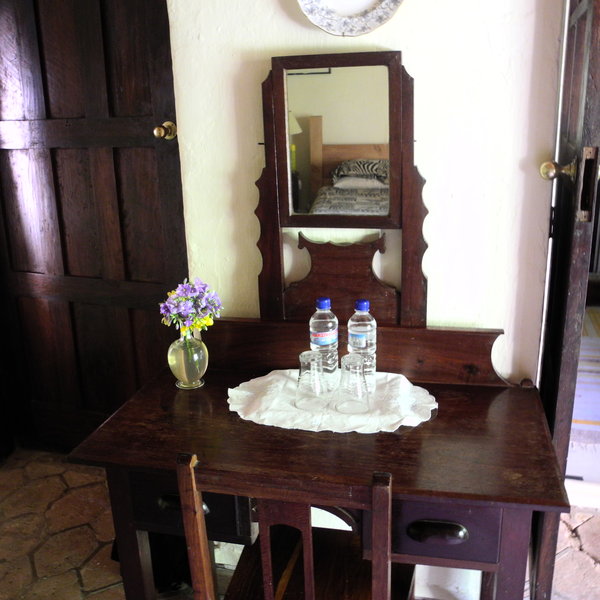
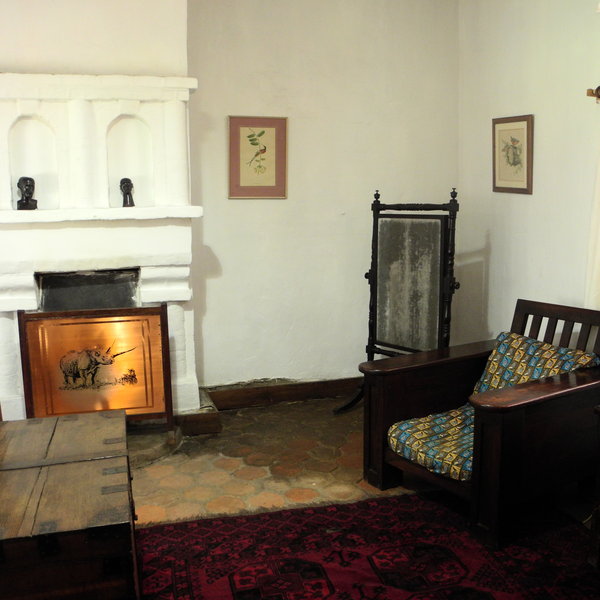
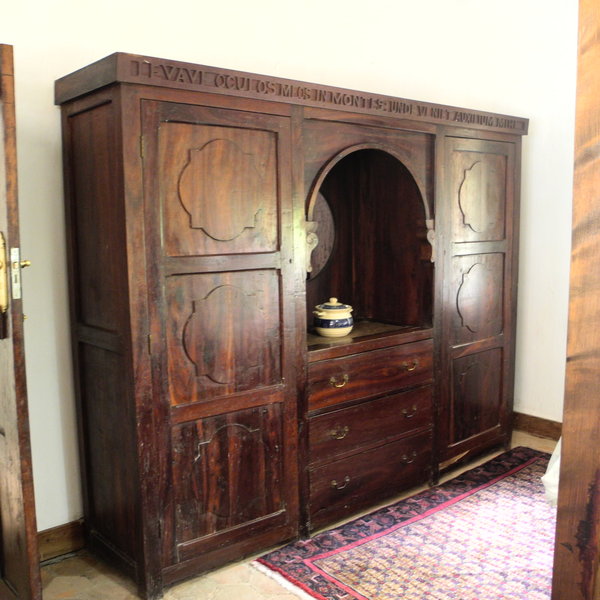
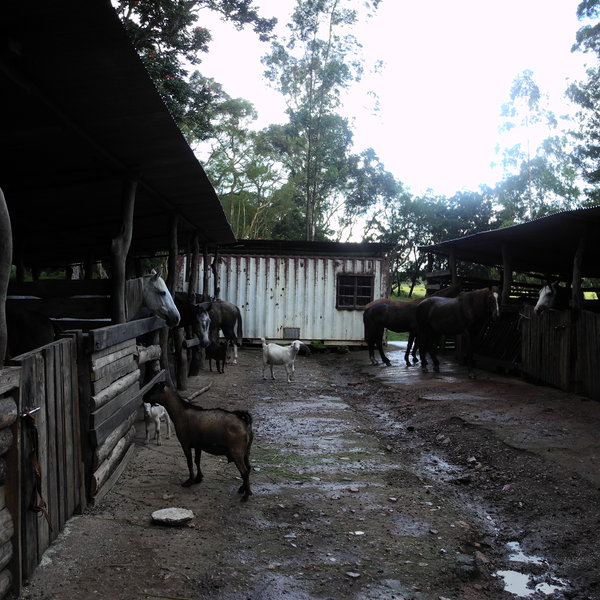
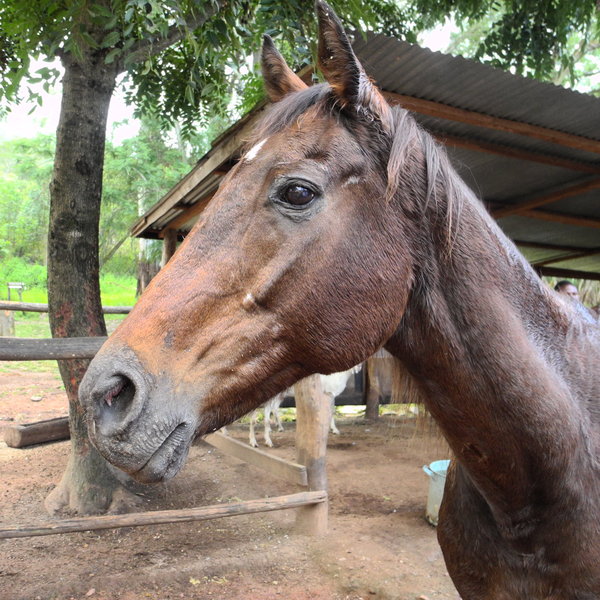
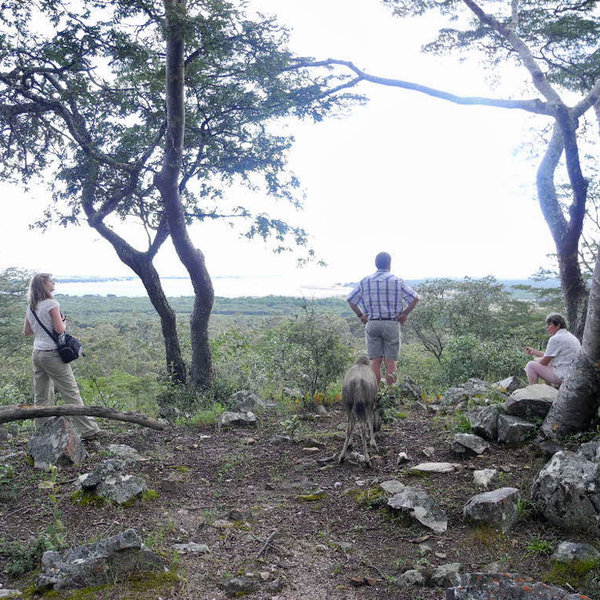
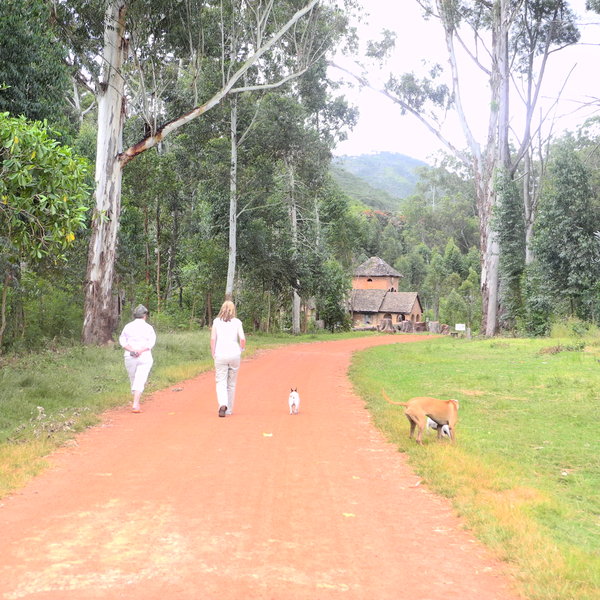
Expert Africa's gallery
When we travel we take lots of photos ourselves to give you a real and un-edited view of the trips. See our 56 pictures of Shiwa Ng'andu to get the candid view.
View galleryShiwa Ng'andu: Our full report
Although Shiwa Ng'andu Manor House has become more well known through the best-selling book, The Africa House, ...
... we've been organising trips here for many years. It's an English manor house, set on the Shiwa Ng’andu estate, complete with red-brick gatehouse, clay-tiled roofed workers' cottages, a long approach avenue, formal gardens, a lake, and even its own chapel. The house is an extraordinary testament to the determination of its founder, Sir Stewart Gore-Browne, and is filled with memorabilia and historical records.
The Manor House was built in 1925 by Sir Stewart Gore-Brown, following his extensive travels through Africa. After his death in 1967 the Shiwa Ng’andu estate was taken over by his daughter, Lorna, and her husband, John Harvey. Their untimely death in 1992, and lack of funds, led to the house and estate falling into disrepair until it was rescued in 1999 by their son, Charlie, and his wife, Jo. Together they have lovingly restored the house and the estate – including a working farm – to their former grandeur.
The Manor House has five bedrooms, four of them en suite. All are comfortable, but would be in need of some refurbishment if modern standards were the aim. The bathrooms, too, hark back to yesteryear, with plumbing to match! Each of the rooms has a fireplace, which is lit on cold evenings, and is decorated and furnished in period style, with some of the furniture dating back to when Sir Stewart lived in the house. (On our last visit, in April 2011, one of the rooms was being enlarged and updated, and we were told that the others rooms would be done over a period of time, as and when there were sufficient funds to do so.)
In the large, wooden-beamed lounge comfy sofas and armchairs are arranged around a white-painted brick fireplace with tightly packed bookshelves on either side. The sofas and chairs are replicas of the originals, which were damaged beyond repair. Family antiques are dotted around the room, the stone floors are covered with large Persian rugs, and the walls are hung with paintings of various Gore-Brown relatives dating back to the early 19th century.
On a large wooden side table, tea and coffee are available in the morning and afternoon, with freshly baked cake laid out each afternoon. On our first afternoon we had a delicious lemon cake, and on the second there was lovely warm banana bread. We were told that if anything needed refilling, to go to the kitchen and ask: a sign from Jo to make ourselves at home!
Double doors lead out from the lounge onto a covered veranda, flanked by two large arched windows. On the opposite wall are three smaller arched windows looking out to the enclosed courtyard.
Most meals are taken in the dining room which is dominated by a large table. The red-painted cement floors are covered in Persian rugs, and the family crockery is displayed in a cupboard. It’s a very bright room, with three large arched windows framed by floor-to-ceiling red curtains looking out onto the garden. A fire is lit on cold winter evenings, creating a warm and sociable ambience. Meals are laid out on a long sideboard for guests to help themselves, although on warm summer days lunch may also be served in the garden.
Up the stone staircase is the library with polished wood floors covered by rugs, and a couple of sofas. Three walls are lined with bookshelves housing a fascinating range of books collected by Sir Stewart and other members of the family over the years. Doors lead out onto a stone balcony with views over the garden and down a terraced pathway to the old gatehouse. Adjacent to the library is Sir Stewart’s study, which now houses the archives that have been researched and painstakingly put together by Jo Harvey, a trained archaeologist.
The gardens at Shiwa Ng’andu are beautifully maintained with clipped lawns and a long terraced grass avenue leading from the house down to the original gatehouse, complete with a clock tower, and the lake in the distance. Brightly coloured bougainvillea, jacaranda and frangipani make this a colourful oasis in the African bush.
Activities at Shiwa Ng’andu vary. All overnight visitors have complete access to the estate, from the wildlife reserve and the lake to the extensive archives in the house and the day-to-day workings on the farm. Walks around the farm with Jo take in the vast chicken sheds for egg production, and the cattle and pigs that are reared for their milk and meat, or there’s a historical tour of the house, including a look at the archives. There is also a short 20-minute walk up to the family graves at the top of a hill, offering lovely views over the lake. Further afield is a longer walk up Nachipala Hill, which is a bit steep in places and takes about three hours. There are also forest walks along sandy tracks which can be taken unguided – you will be given a map of the various routes.
Game drives are available on the Shiwa Ng’andu reserve. It’s possible to see small herds of zebra, sitatunga and blue duiker and the birdlife here is prolific, with over 375 different species ranging from turaco, longclaw, green-headed sunbirds and barbets to vultures and many more.
Boat trips on the lake are guided by Charlie and allow you to see the many resident crocodiles and birdlife as well as amazing sunsets over the hills.
Shiwa has its own stables allowing horse rides of up to one-and-a-half hours for riders with limited riding experience. The cost of these is included for guests staying at the manor house. Longer rides for more experienced riders are available from the stables at Impandala House but these must be booked in advance.
Charlie and Jo Harvey have contributed much to the local community, offering jobs and homes for local people, both on the estate and in the surrounding area. They have rebuilt hospitals and schools and recreated employment for lots of people living in the area who rely on these services. It’s possible for guests at Shiwa to visit some of these community projects, which include the local school, church and clinic.
Geographics
- Location
- Northern Zambia, Zambia
- Ideal length of stay
- We’d recommend three or four nights here, as there is a lot to do and see in the house and around the estate. Shiwa Ng’andu can easily be visited as a side-trip before or after a safari with any of the camps in the South Luangwa National Park. It also combines well with the camps in the Kasanka National Park, Wasa Lodge and Luwombwa Lodge, as well as Shoebill Island Camp in the Bangweulu Wetlands.
- Directions
- There are scheduled flights with Proflight twice a week to Kasama, from where it’s a 2hr transfer by road . Shiwa has its own airstrip which can be reached by charter plane
- Accessible by
- Fly-and-Transfer
Food & drink
- Usual board basis
- Full Board & Activities
- Food quality
- When a team from Expert Africa visited Shiwa in April 2011 we found the food to be good home-style cooking. Much of the produce is from the Shiwa estate.
For breakfast there was a choice of fresh baked rolls, a selection of cereals, yoghurts and fresh fruit juice, followed by a cooked breakfast of eggs, bacon and sausages.
Lunch was a selection of cold meats, green salad, potato salad, egg salad, coleslaw and egg salad as well as puréed sweetcorn.
Dinner was a very sociable occasion with a starter of celery soup and croutons, followed by roast lamb, baby carrots, gem squash, roast potatoes and sweetcorn. For dessert we had crispy pancakes with cream and orange sauce. - Dining style
- Group Meals
- Dining locations
- Indoor and Outdoor Dining
- Further dining info, including room service
- No
- Drinks included
- All drinks are included except for premium-branded drinks
Special interests
- Family holidays
- Shiwa Ng’andu offers a variety of activities for your family safari holidays in Zambia, e.g. game drives, horse-riding and archeology projects. Children often love the big gardens and farm animals. Expect a matching price tag though!
- See ideas for Family holidays in Zambia
- Riding holidays
- Shiwa Ng’andu has two stables on the estate. Neither are for novices, though the horses at the main house cater for less-experienced riders who wish to do shorter rides. The stables at Impandala House are operated separately, offering full day rides to the more experienced.
- See ideas for Riding holidays in Zambia
- Cultural Experiences
- Shiwa Ng’andu is a real experience. You’re visiting a real place; it's somebody’s home and a working estate, not just a lodge. Shiwa’s hosts, Charlie and Jo offer an amazing stay, and the chance to get involved in the day to day running of this historical property.
- See ideas for Cultural Experiences in Zambia
Children
- Attitude towards children
- Children of ten years and older are welcome at the Manor House. Children can help on the farm with collecting eggs and milking cows. They can feed the calves, see the piglets and visit the stables.
- Property’s age restrictions
- 10 years
- Special activities & services
- Children can help on the farm with collecting eggs and milking cows. They can feed the calves, see the piglets and visit the stables.
- Equipment
- None
- Generally recommended for children
- Yes – over the age of 10
- Notes
- There are lots of old antiques about, as well as unprotected staircases and uneven floors, so children must be supervised by their parents at all times.
Our travellers’ wildlife sightings from Shiwa Ng'andu
Since mid-2018, many of our travellers who stayed at Shiwa Ng'andu have kindly recorded their wildlife sightings and shared them with us. The results are below. Click an animal to see more, and here to see more on our methodology.

100% success

100% success

100% success

50% success

0% success

0% success

0% success

0% success
Communications
- Communications
- There is internet access available in the office for emergencies. There is usually cellphone reception in some areas outside the house.
- TV & radio
- No – but there is a TV available in the owners’ home for major sporting events.
Health & safety
- Malarial protection recommended
- Yes
- Medical care
- There is a clinic on the estate for minor ailments. The nearest doctor is at the Chilonga Mission Hospital, near Mpika, which is two hours’ drive away.
Shiwa has its own airstrip for emergency medical evacuation. - Dangerous animals
- Moderate Risk
- Security measures
- There are dogs on the property which act as watchdogs.
- Fire safety
- There is a fire extinguisher in the kitchen
Activities
Birdwatching
Boat trip
Cultural excursion
Guided walking safari
Mountain biking
Extras
- Disabled access
- Not Possible
- Laundry facilities
- There is full laundry service which is included in the cost.
- Money
- It is not possible to exchange money at Shiwa Ng'andu.
- Accepted payment on location
- No money is exchanged as everything is included. Tipping is extra and can be in any currency.
Plan and book your trip with Expert Africa
All of our trips are tailor-made, so we'll always adapt them to suit you. Talk to an Expert and let us plan and arrange your perfect trip.

Talk to an Expert
Call or email us now! We’ll match you with the Specialist in our team who is best suited to help you. Then together we can start planning your trip.

Set up your itinerary
Based on our experience and your ideas, your specialist will create a detailed, costed itinerary. We’ll refine it together, until we have a trip that you’re perfectly happy with.

Prepare for your trip
The same Specialist will make the seamless arrangements for your trip, send you detailed travel documents, and be available to answer any questions before you depart.

Travel with peace of mind
After you set off, you’ll be cared for by our partners in Africa, most of whom have worked with Expert Africa for decades. And if you ever need us urgently, we’re available 24/7.

When you return
We love to learn about your trip, and so will always be grateful if you’ve the time to give feedback to your Specialist when you return.
Shiwa Ng'andu's location
Look closer at the environment and surroundings of Shiwa Ng'andu.
Other lodges in Northern Zambia
Alternative places to stay in this same area.
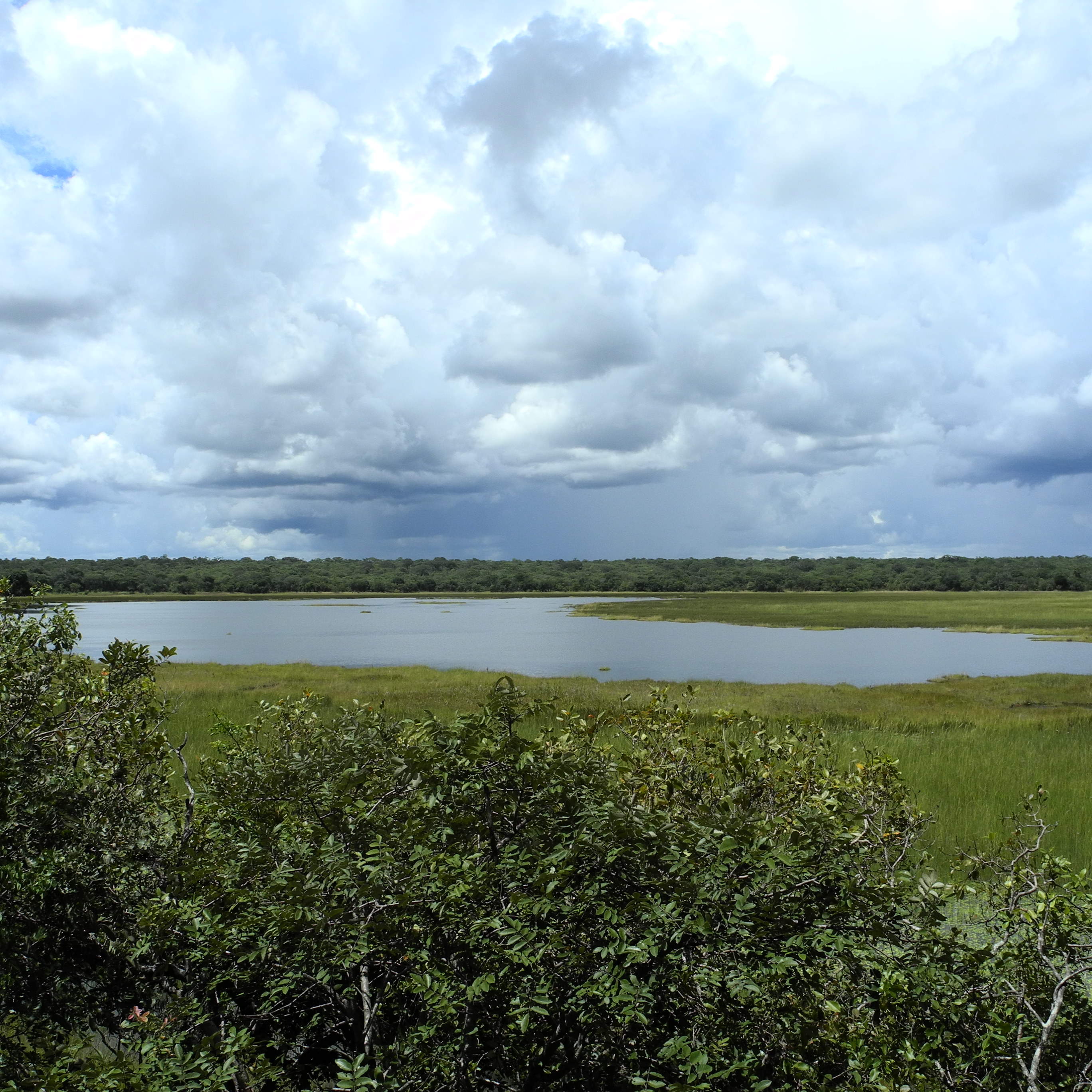
Wasa Lodge
Wasa Lodge offers easy access to Kasanka National Park, best visited in November and December to see the millions of fruit bats that arrive in the area.
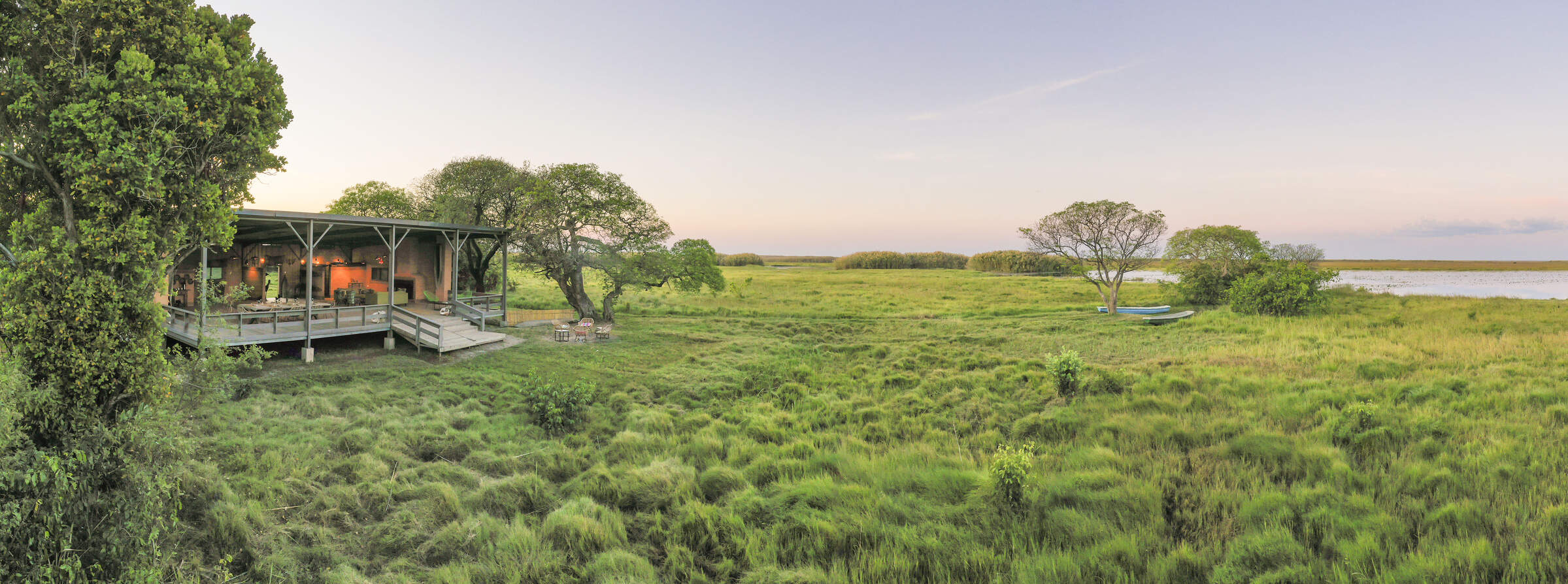
Shoebill Island Camp
Shoebill Island Camp stands on the southern edge of the Bangweulu Wetlands. It's a remote spot, and a very simple camp - but if you want to see Shoebills then it is one of the best places in Africa.
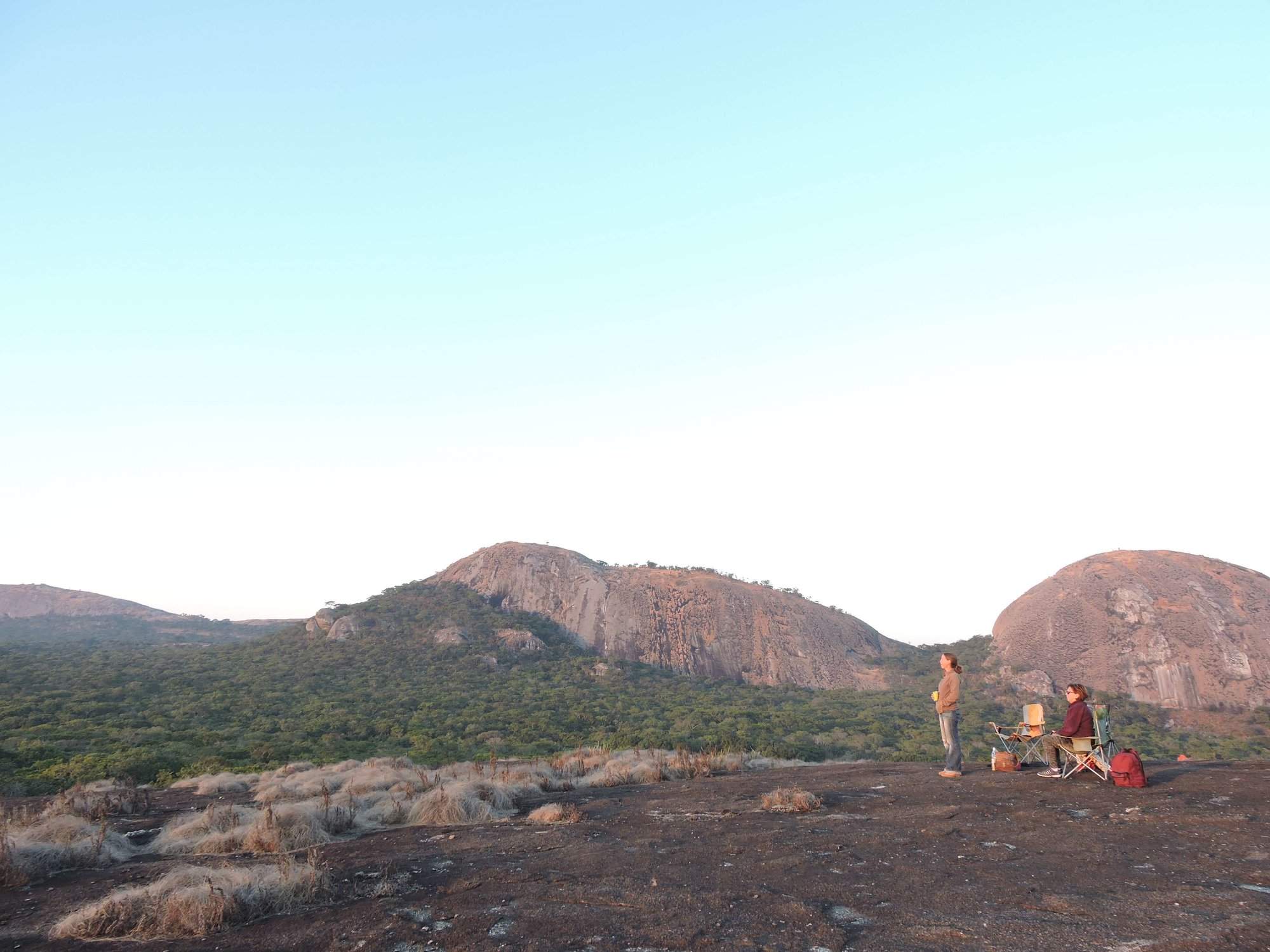
Mutinondo Wilderness
Visiting Mutinondo Wilderness near Mpika in northern Zambia - the accommodation, wildlife, birds and animals
When to go to Northern Zambia
Our month by month guide: What it's like to visit Shiwa Ng'andu in Northern Zambia
Jan
Feb
Mar
Apr
May
Jun
Jul
Aug
Sep
Oct
Nov
Dec
Zambia in January
At the peak of Zambia’s rainy season, you can expect heavy rainfall for a few hours most days, with sunny spells in between. Temperatures remain high, reaching over 30ºC, with high humidity. The rainfall is yet to make a significant difference to the Victoria Falls, and the flow of water here remains low. The landscapes are green and lush and the air crystal clear, but with the abundance of water the wildlife disperses, and the thick bush can restrict sightings. It severely limits walking safaris too. Migrant birds boost the species count at this time.
With seasonal rivers in flood and dirt roads and airstrips unusable, many camps in Zambia become inaccessible, and close. Only a few lodges in the central Kafue and the South Luangwa remain open. Few people visit in January, so the parks are incredibly quiet and the camps charge their lowest rates.
- Peak of rainy season: hot & humid, with rain for a few hours most days
- Majority of camps closed throughout the month
- Bush incredibly green & lush, with clear air – great for photography
- Big game dispersed & thick bush makes sightings difficult
- Very few visitors: the cheapest time to visit
Our view
This is not a great time to visit
Weather in January
Zambia in February
February remains in the heart of the rainy season, with dramatic thunderstorms delivering a few hours of rain most days, interspersed with clear sunny skies. There is still an abundance of water in the environment, dispersing game and closing camps. With the thick bush, game viewing is limited and walking safaris restricted, but the swollen rivers allow some activities that would be unavailable in the dry season, such as boat trips on the Luangwa River.
After a couple of months of rain, water will once more be making its way to the Zambezi River, and the flow of water over the Victoria Falls will start to pick up.
Visitor numbers and costs at the few open camps remain low.
- Peak of rainy season: hot & humid with rain for a few hours most days
- Most camps closed throughout the month
- Bush lush & green: good for photography but poor for game viewing
- Very few visitors, & the cheapest time to visit
- Water levels at Victoria Falls still low, but starting to pick up
Our view
This is not a great time to visit
Weather in February
Zambia in March
March is the last month of the rainy season in Zambia, and there are still heavy downpours most days. Water levels are at their highest making it difficult to get around the country. Temperatures still reach over 30ºC most days, too, with the rain causing high levels of humidity.
Many camps remain closed, and the thick bush limits game viewing and walking safaris. However, many animals are raising young at this time of year, with predators taking advantage of the easy prey, so sightings can be incredible, if sporadic. Wild dogs in the South Luangwa are particularly active at this time of year. With clear air and increasingly frequent blue skies as a backdrop, photography can be spectacular. The birding remains excellent as thousands of birds prepare for their winter migration.
- Peak of rainy season, hot & humid, with rain for a few hours most days
- Majority of camps closed throughout the month
- Bush remains green & lush: good for photography but poor game viewing
- High abundance of animals with young
- Very few visitors, & the cheapest time to visit
Our view
This is not a great time to visit
Weather in March
Zambia in April
As the rains change from intense downpours to lighter and sporadic showers, April is very much a transitionary period in Zambia. The landscape remains exceptionally green and lush, with sparse viewing of larger wildlife.
Although camps start to reopen in April, most remain closed, and others that were open at the start of the year may shut to prepare for the coming dry season. This is the first month of the year when it’s possible to visit the Lower Zambezi.
The Zambezi River will be at its highest level with the Victoria Falls in full flow, but with huge amounts of spray kicked up views of the waterfall are often obscured.
- Tail end of the rainy season; hot & humid with light rain most days
- Some camps reopen; possible to visit the Lower Zambezi
- Bush still green & lush: good for photography; poor for game viewing
- Victoria Falls in full flow but with poor views
- Very few visitors, & the cheapest time to visit
Our view
This is not a great time to visit
Weather in April
Zambia in May
May is typically the first month of the dry season. While there is the chance of an odd shower, the majority of days are clear and sunny. As winter approaches, temperatures start to drop, with most days reaching highs of around 26ºC.
As the landscape dries out, access to the parks improves, and all but the most remote bushcamps reopen. After five months of rain there is still a lot of standing water, but despite the thick bush May marks a distinct improvement in game viewing, and clear air is a continuing bonus for photographers.
The end of the month can be a popular time for visitors, taking advantage of typically good weather, improved game viewing, and the last of the low-season rates offered by the camps.
- Start of the dry season in a typical year, with mostly clear & sunny
- Majority of camps open
- Bush still green & lush, with clear air for photographers
- Game viewing starts to improve
- Last month of low rates at the camps
Our view
A good time to visit, with pros & cons
Weather in May
Zambia in June
Zambia sees virtually no rainfall in June, with a strong chance of sunny days throughout. The humidity drops dramatically and, as winter approaches, temperatures reduce, falling to around 10ºC at night but still warming to 25ºC during the day.
The landscape remains lush but the bush starts to die back significantly, improving visibility for game viewing and walking safaris. All the camps in the South Luangwa and Lower Zambezi are open by the start of June. While some have a ‘shoulder season’, others start charging their highest rates.
The water coming over the Victoria Falls starts to recede, reducing the mist and spray kicked up, providing better views of the waterfall itself.
- Reliably sunny days, but dropping temperatures, especially at night.
- All camps in the South Luangwa, southern Kafue & Lower Zambezi open
- Wildlife viewing continuing to improve
- Increased visibility & cool weather perfect for walking safaris.
- Viewing of the Victoria Falls at its best
Our view
A very good time to visit
Weather in June
Zambia in July
As the dry season continues, vegetation and long grasses have mostly died back and water starts to become scarce. Wildlife starts to cluster around the major sources of water and the game viewing approaches its best.
July is the first month of winter, and while daytime temperatures are in the 20s Celsius, temperatures at night can drop to single digits. Early morning and late evening drives in open vehicles are particularly cold, and blankets and hot water bottles are often provided.
Visitor numbers increase significantly and space at popular/small camps can get tight. Nearly all properties are now charging their highest rates. Even floodwaters on northern Kafue’s Busanga Plains have now receded, and all camps in Zambia are open.
- Warm, dry days; cold, crisp nights
- Significantly improved game viewing
- Walking safaris are unrestricted by vegetation, with good temperatures
- Approaching peak season, so significant increase in costs
- Northern Kafue now accessible
Our view
A very good time to visit
Weather in July
Zambia in August
By August, the vegetation has died back and wildlife is now congregating around the remaining water sources, providing excellent game viewing. With virtually no chance of rain you are almost guaranteed sunny days, although dust and smoke in the air means a visible haze starts to appear on the horizon.
Temperatures can drop below 5ºC at night but climb to the 20s Celsius during the day. Jackets and gloves are recommended for morning and evening drives. This is one of the most popular – and most expensive – months to travel. European school holidays have little impact on travel within Zambia, but they do increase international flight costs, and all camps are charging their highest rates.
- Very dry with warm days but cold nights
- Excellent wildlife viewing, as animals congregate around water holes.
- Haze developing on the horizon, potentially affecting photographs
- Cool temperatures & clear sightlines: ideal for walking safaris
- Peak season: camps & flights at their most expensive
Our view
Fantastic: the very best time to visit
Weather in August
Zambia in September
September is the most popular, and arguably the best, time of year to travel. Rain is almost unheard of so humidity is low, and temperatures are starting to climb. Morning drives are more comfortable, with daytime temperatures normally in the low 30s Celsius.
Water is scarce, so wildlife clusters around the few remaining sources. Game viewing is very nearly at its best, with a good chance of seeing interactions between species. Camps are charging their highest rates and are at their busiest, with popular camps often fully booked more than a year in advance.
A significant haze sometimes appears on the horizon, impacting on landscape views and affecting photography. Depending on the rainfall in the wet season, the Victoria Falls can start looking dry, with more cliff face than waterfall on show.
- Dry hot days with clear skies, & warm nights
- One of the best months for wildlife viewing
- Dust & smoke creates a haze over the landscape
- Peak season: camps are expensive & often full
- Victoria Falls starting to look dry
Our view
Fantastic: the very best time to visit
Weather in September
Zambia in October
As the dry season peaks, the landscape in October is brown and barren, with little ground-level vegetation, though the promise of rain may bring the occasional shower. Temperatures can be uncomfortably hot, reaching over 40ºC in the daytime and rarely dropping below 20ºC at night. This is particularly challenging on walking safaris and in camps without air conditioning.
A thick haze on the horizon sometimes turns photographic backgrounds grey-brown rather than sky-blue. The lack of water sees hippos and crocodiles cram themselves into the few remaining shallow rivers, with other wildlife carefully skirting around them in order to drink. Game viewing is at its absolute best, and you’re most likely to see hunts in October.
On the Zambian side, stretches of the Victoria Falls become a dry cliff face.
- The best month for wildlife viewing
- Very hot both night & day, with little chance of rain
- Air can be very hazy with dust & smoke, so not great for photography
- Victoria Falls largely dry on Zambian side
- Camps less busy & some start to drop their rates
Our view
A very good time to visit
Weather in October
Zambia in November
November typically marks the end of the dry season. Although the timing of the rains is always uncertain, temperatures remain reliably high and the humidity builds as the rains approach.
While you may avoid the rains in the first week of November, it’s not unusual to see some spectacularly heavy thunderstorms, followed by an explosion of green growth. Wildlife disperses rapidly after the rains, no longer restricted to limited waterholes closely monitored by predators. However, Kasanka’s bat migration is at its peak, and wildebeest gather on Liuwa Plains.
Many remote camps close, and those that remain open significantly drop their rates. The initial rains have little impact on the Victoria Falls, but do significantly reduce the atmospheric haze.
- Typically the start of the wet season; very hot and humid
- Increased chance of heavy rain as the month progresses
- Greatly diminished game viewing once the rains arrive
- Bat migration in Kasanka, and wildebeest migration in Liuwa
- Camp rates lower, & visitor numbers reduced
Our view
A good time to visit, with pros & cons
Weather in November
Zambia in December
December is typically the first month in Zambia’s rainy season, with heavy thunderstorms most days interspersed by sunny spells. Temperatures start to fall, but still reach over 30ºC in the daytime, with high levels of humidity.
As the rainfall increases it brings plentiful water into the landscape, encouraging the growth of thick green vegetation. Wildlife remains in the national parks and sightings are possible, but overall game viewing is poor. Access to the parks becomes problematic and all but a handful of camps around the entrance to the South Luangwa and the centre of Kafue national parks close. Those that do remain open charge their lowest rates and are very quiet.
The rain removes any smoke and dust from the air, returning the sky to a dazzling blue that is great for photographers.
- Start of rainy season, with hot, humid & wet days
- Poor game viewing as wildlife disperses & bush thickens
- Majority of camps close; others charge their lowest rates
- Landscape green with blue skies; photographic opportunities improve
- Victoria Falls still dry
Our view
This is not a great time to visit
Weather in December

Looking for inspiration on where to travel next?
Visit our trip chooser to explore your options and find inspiration for your perfect African adventure
Inspire me